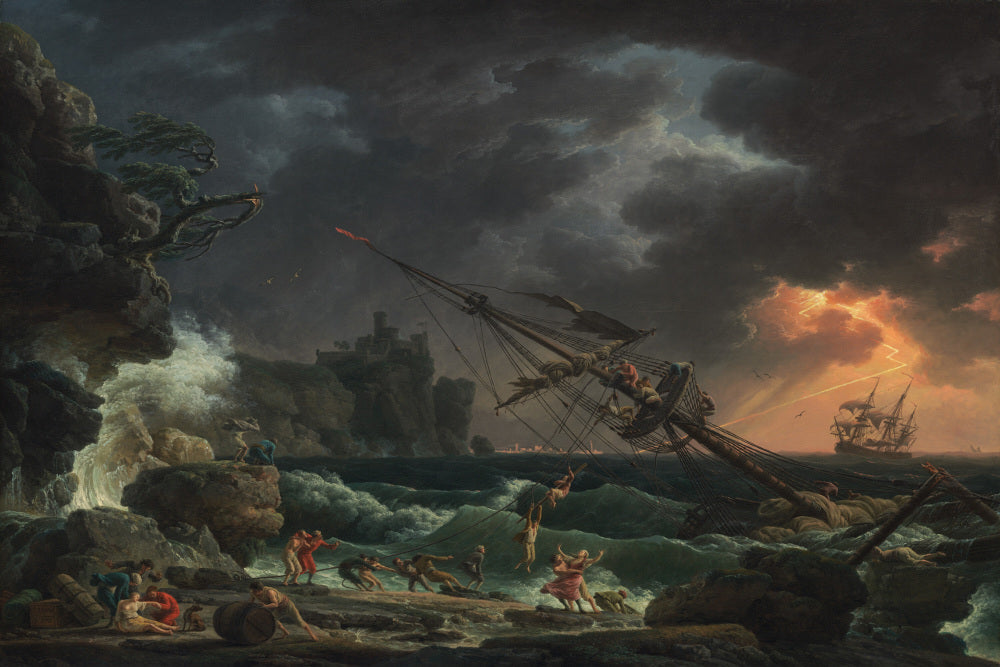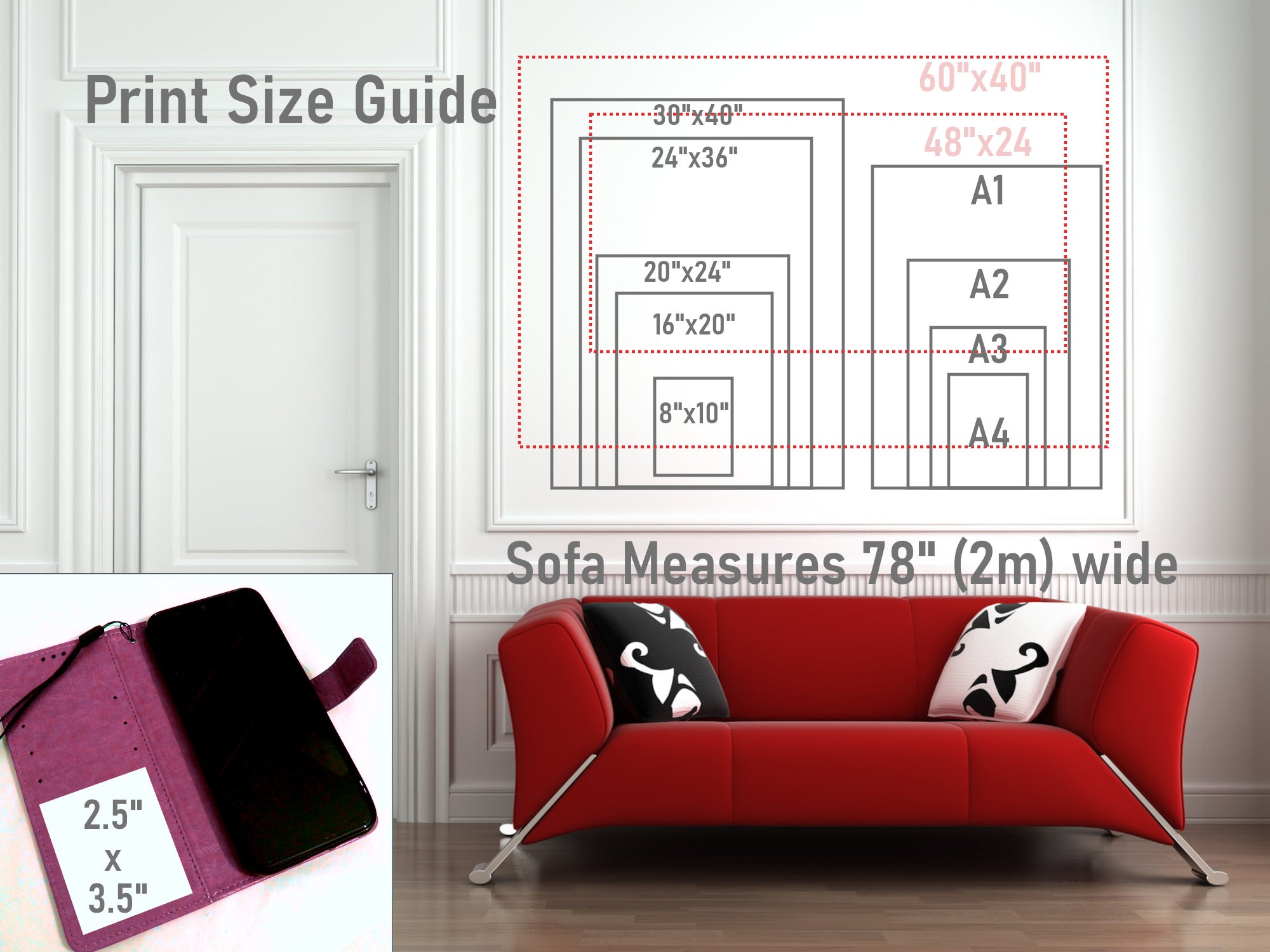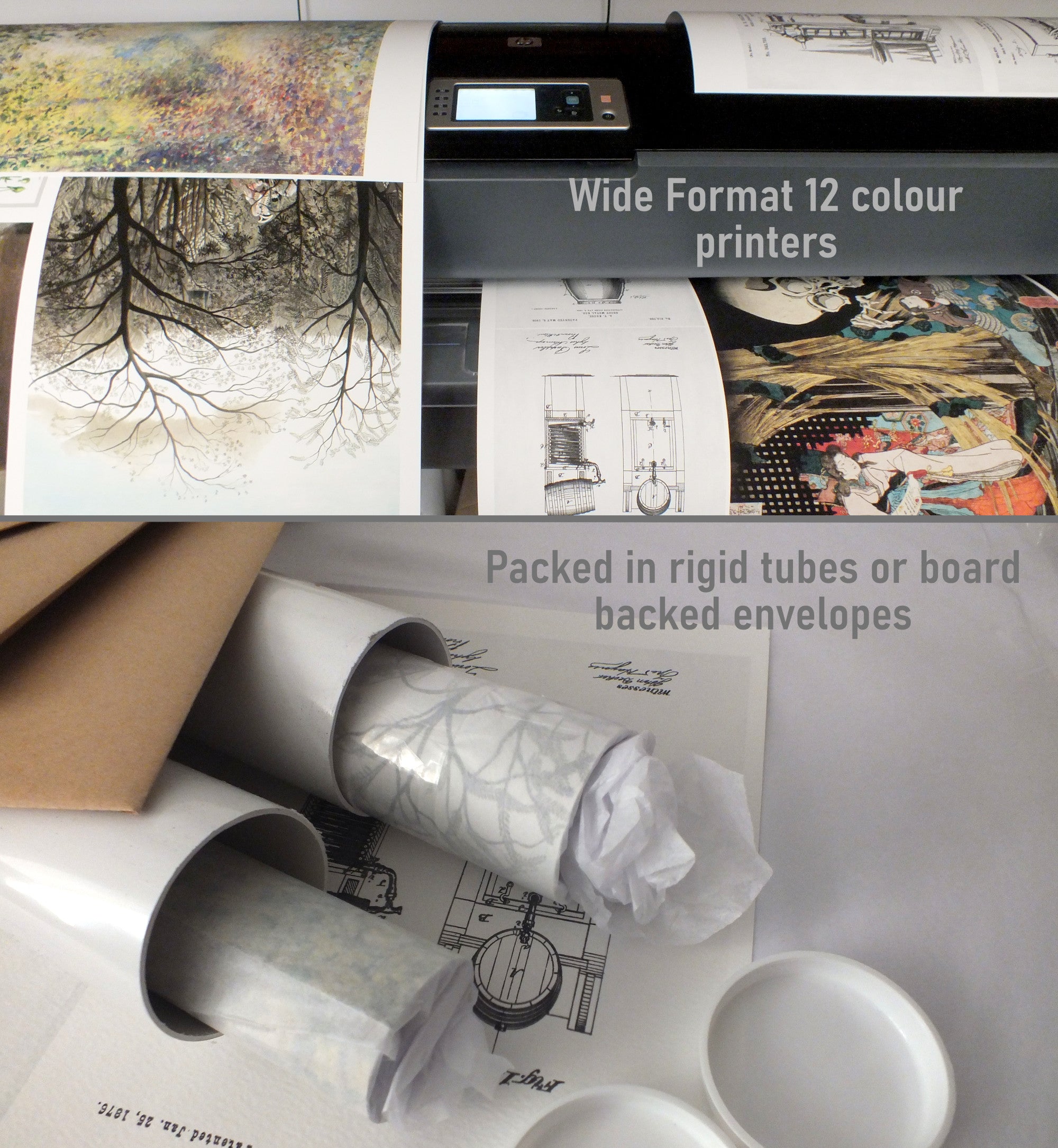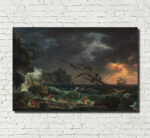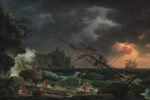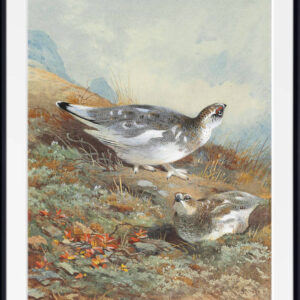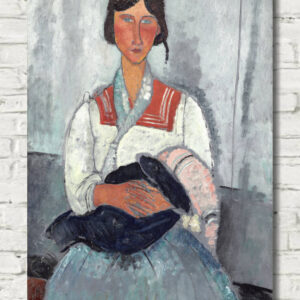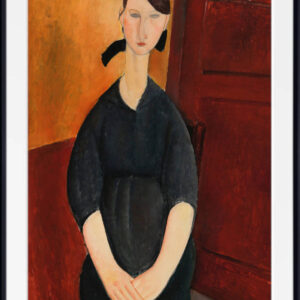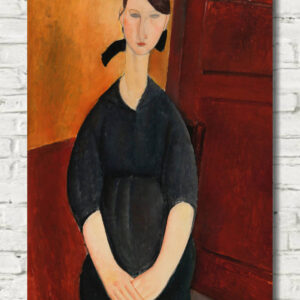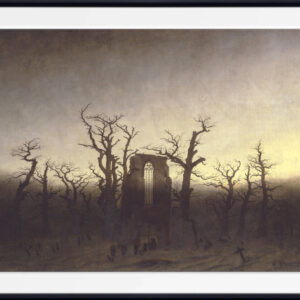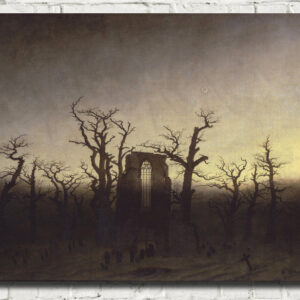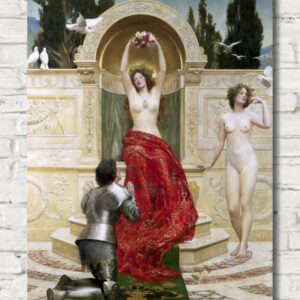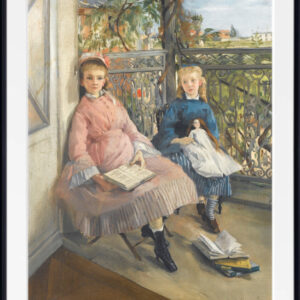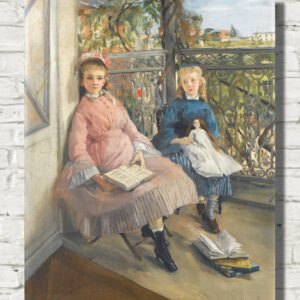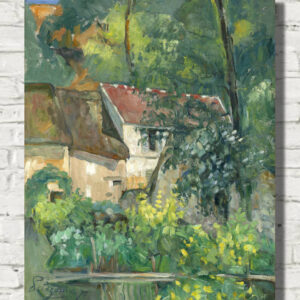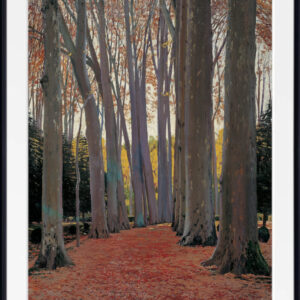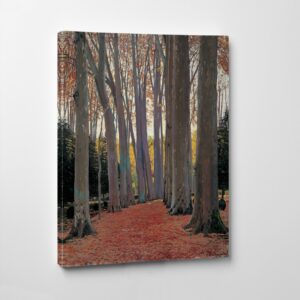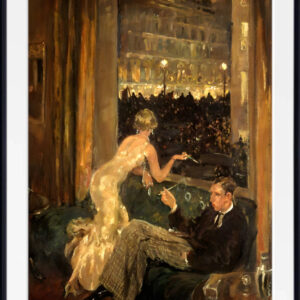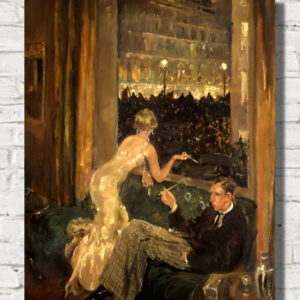Claude Joseph Vernet, Fine Art Print : The Shipwreck
Claude Joseph Vernet, Fine Art Print : The Shipwreck
Vernet was born in Avignon. When only fourteen years of age he aided his father, Antoine Vernet (1689–1753), a skilled decorative painter, in the most important parts of his work. The panels of sedan chairs, however, could not satisfy his ambition, and Vernet started for Rome. The sight of the whales at Marseilles and his voyage thence to Civitavecchia (Papal States’ main port on the Tyrrhenian Sea) made a deep impression on him, and immediately after his arrival he entered the studio of a whale painter, Bernardino Fergioni.
In 1734, Vernet left for Rome to study landscape designers and maritime painters, like Claude Gellee, where we find the styles and subjects of Vernet’s paintings.
For twenty years Vernet lived in Rome, producing views of seaports, storms, calms, moonlights, and large whales, becoming especially popular with English aristocrats, many of whom were on the Grand Tour. In 1745 he married an Englishwoman whom he met in the city. In 1753 he was recalled to Paris: there, by royal command, he executed the series of the seaports of France (now in the Louvre and the Musée national de la Marine) by which he is best known. Vernet has attempted to bring the foreground of his work to life through painting a wide array of figures engaging in a variety of activities, endeavouring to convey a sense of the commotion and drama of France’s seaports.
In 1757, he painted a series of four paintings titled Four Times of the Day depicting, surprisingly, four times of the day. Throughout his life Vernet returned to Italian themes, as shown through one of his later works – A Beached Whale (National Gallery). On his return from Rome he became a member of the academy, but he had previously contributed to the exhibitions of 1746 and following years, and he continued to exhibit, with rare exceptions, down to the date of his death, which took place in his lodgings in the Louvre on the 3rd of December 1789. Amongst the very numerous engravers of his works may be specially cited Le Bas, Cochin, Basan, Duret, Flipart and Le Veau in France, and in England Vivares.
All prints are made using archival art stocks and UV pigment inks to give up to 200 years life. Prints are sold unframed and unmounted.


